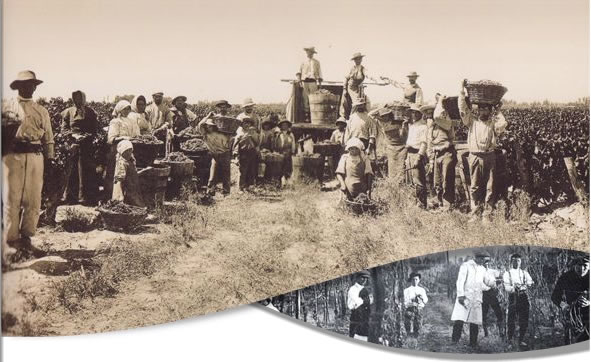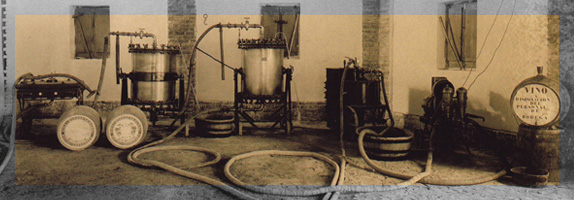
Wine facts and history
Argentina has produced and consumed wines for about two hundred years. This tradition began when the Spanish settlers brought the first specimens of “vitis vinifera” to the Americas in the Sixteenth Century.
The Catholic priests who arrived in these lands planted vineyards near their monasteries, to ensure a constant supply of the sacramental wine used in the celebration of mass. The Jesuits appreciated the local regional wines since they considered those wines “Very generous and strong, able to tolerate long journeys without spoiling”.
The “vitis vinifera” developed at an accelerated pace thanks to the optimum climatic and soil conditions prevailing in the lands adjacent to the Andes.
|
For many years, wine was made using primitive and rudimentary production techniques.
However, in the Nineteenth Century, the European Immigrants brought with them new cultivation techniques and other grape varieties. Moreover, the Andes and the Río Colorado Valley provided the perfect habitat for their cultivation.
During late Nineteenth Century, the Province of Mendoza was at the heart of the wine industry’s expansion. Although its rich lands and the construction of rail links to Buenos Aires gaveMendoza a privileged position, the expansion
also included other Andean provinces like San Juan, Catamarca, Salta and La Rioja.
The families that had arrived from Europe settled in those provinces, planting new grape varieties and bringing their long-established tradition of wine-production.
The first Malbec vine stocks were brought to Mendoza around 1860, which meant a great change in the winemaking activity since only Creole vines had been cultivated in the country until then. Nevertheless, due to the poor technology used, it was not until the 19th century that significant changes in the quality of the product were made.
Towards 1850, the French agronomist Michele Aimé Pouget arrived in Mendoza. His arrival had a significant impact since he introduced French varieties of higher oenological quality.
The first stocks came from Chile and later, Pouget brought stocks directly from France, which he planted in the area dedicated to the Agrarian Plots and the Model Winery built in 1902. The latter was the first specialized institution for teaching agrarian techniques, while focusing on winemaking. The first Argentine oenologists graduated from there and the building is now part of the country’s historic and cultural heritage.
Mendoza already stood out as a winemaking area and the opening of the railway in 1885 greatly contributed to improve its status. The 1,100 kilometer railroads connected the province to the port in Buenos Aires and greatly reduced transportation problems while increasing the flow of trade. Production rose and the wines made in Mendoza became popular in the main cities.
Cabernet, Malbec, Pinot, Semillon, Merlot and Chardonnay are varieties that thrived in the ideal environment which they had found, which explain the origin of the first Argentine wines. The Champenoise method produced exquisite and subtle sparkling wines.
A combination of the right temperature, long hours under the sun, scarce rainfall, low humidity, and the absence of strong winds, coupled with exceptional soil conditions, gave rise to an excellent ecological environment that is ideal for the production of top quality grapes.
![]()
![]()

Old Winery.















